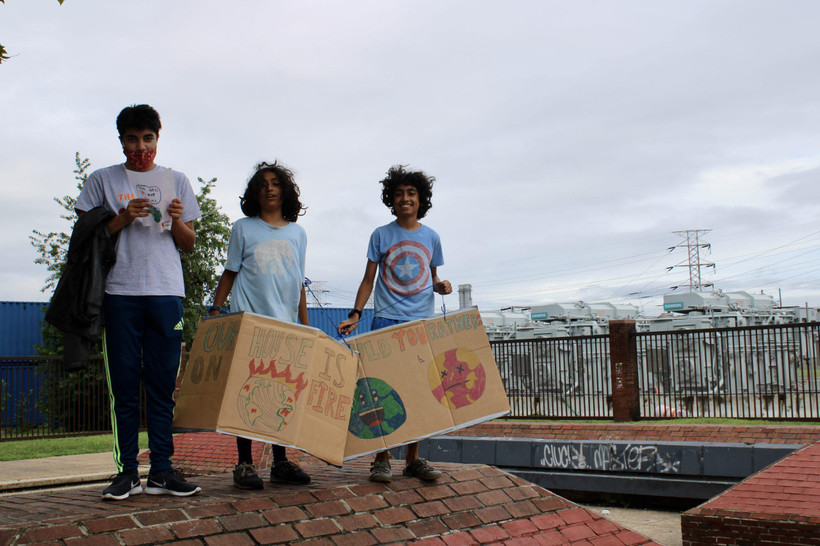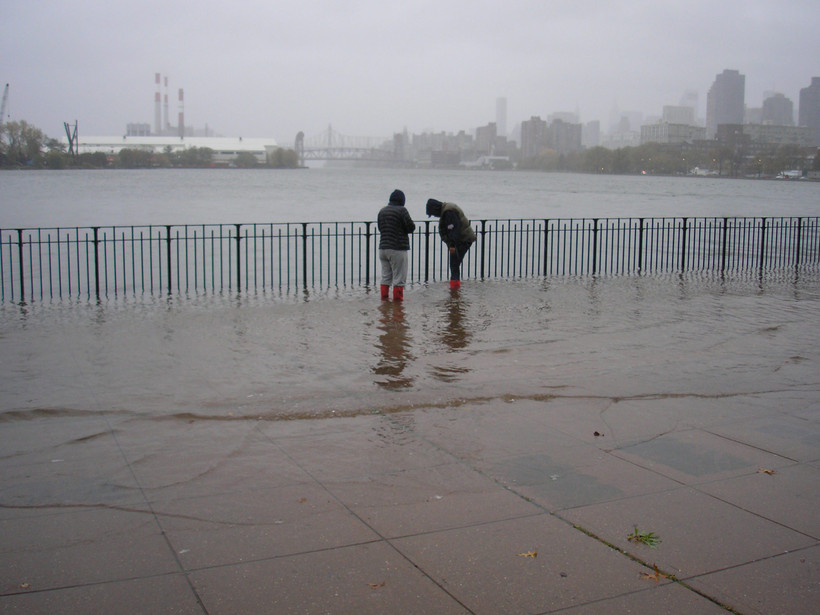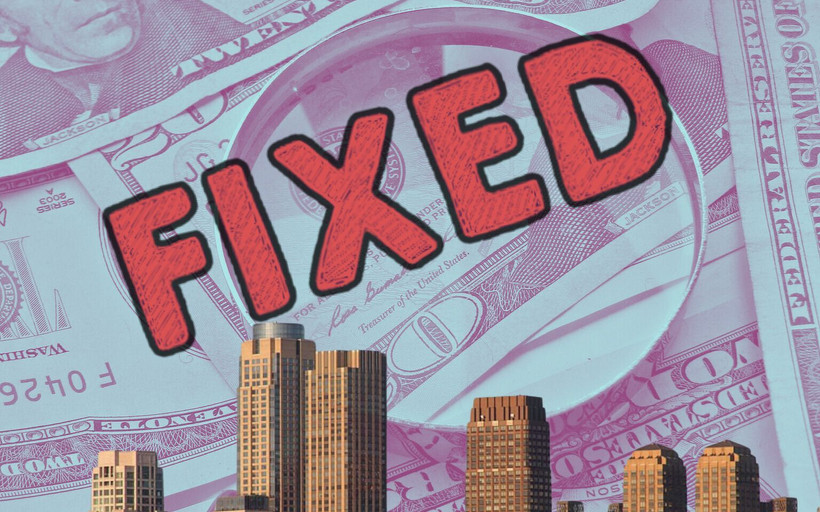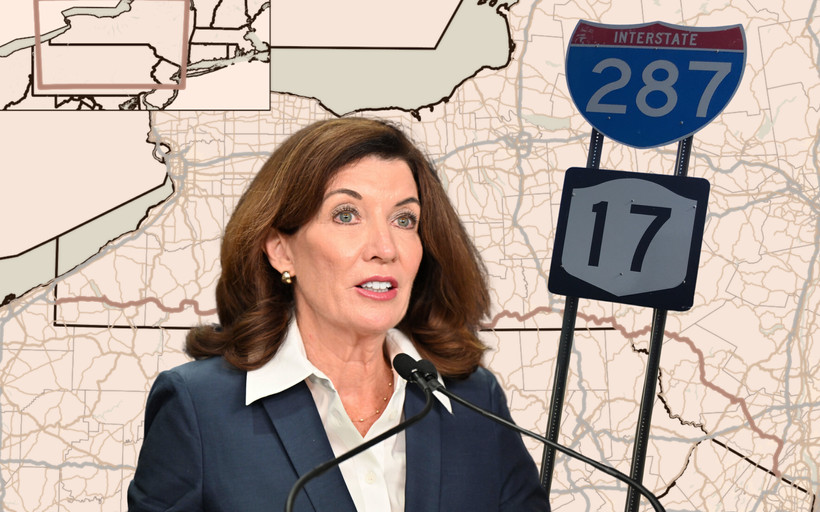Schumer Joins Fight Against Astoria Power Plant Proposal
DSA organized against a fracked-gas plant in Astoria. Now Schumer is getting involved.
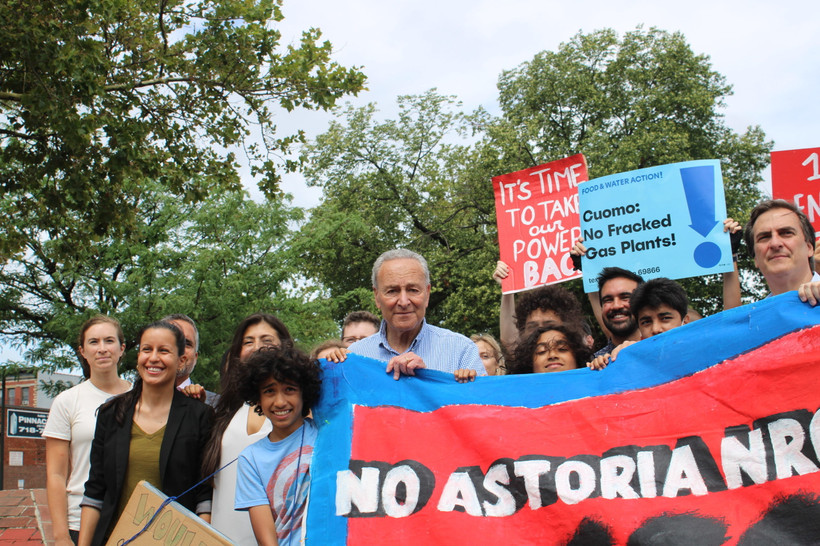
This story was co-published with The American Prospect.
This story was co-published with The American Prospect.
